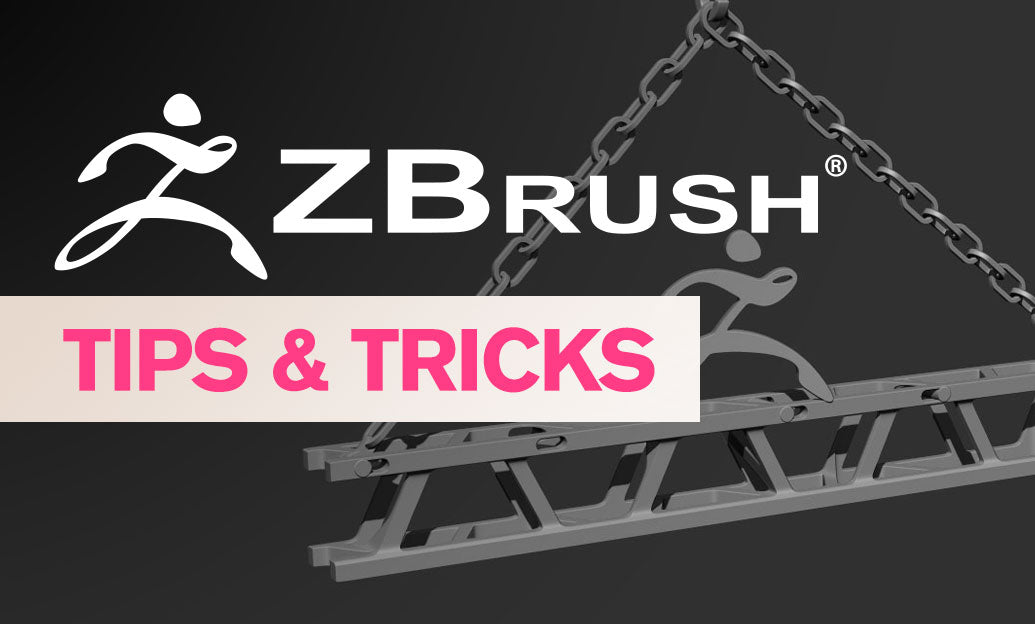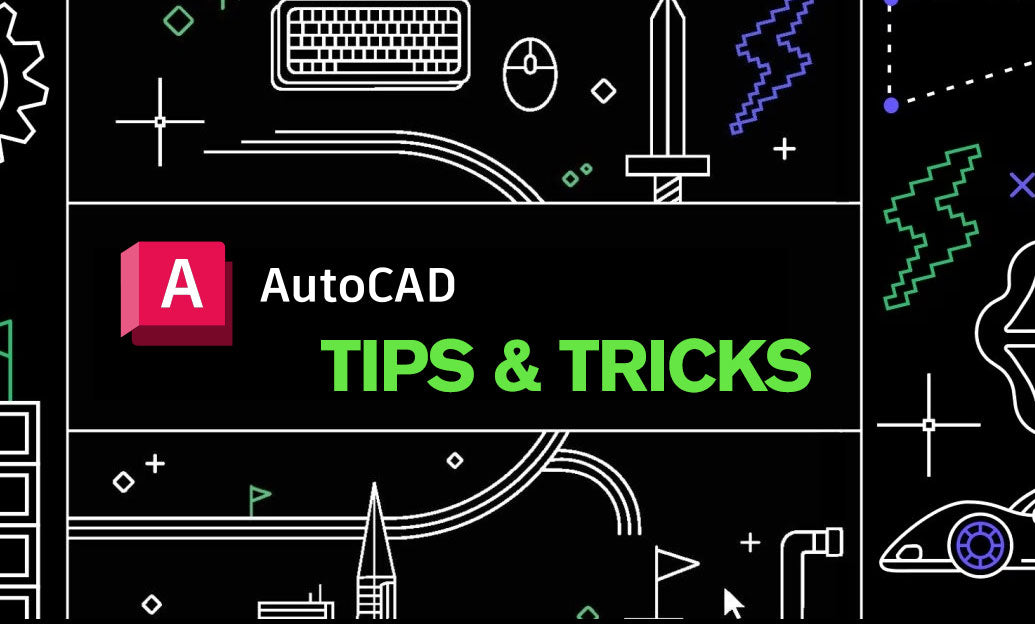Your Cart is Empty
Customer Testimonials
-
"Great customer service. The folks at Novedge were super helpful in navigating a somewhat complicated order including software upgrades and serial numbers in various stages of inactivity. They were friendly and helpful throughout the process.."
Ruben Ruckmark
"Quick & very helpful. We have been using Novedge for years and are very happy with their quick service when we need to make a purchase and excellent support resolving any issues."
Will Woodson
"Scott is the best. He reminds me about subscriptions dates, guides me in the correct direction for updates. He always responds promptly to me. He is literally the reason I continue to work with Novedge and will do so in the future."
Edward Mchugh
"Calvin Lok is “the man”. After my purchase of Sketchup 2021, he called me and provided step-by-step instructions to ease me through difficulties I was having with the setup of my new software."
Mike Borzage
AutoCAD Tip: Maximizing AutoCAD Efficiency with Dynamic Block Implementation and Best Practices
June 18, 2024 2 min read

Dynamic Blocks in AutoCAD bring flexibility and efficiency to your block libraries by allowing you to modify the appearance and behavior of a block instance without the need for multiple static block definitions. With Dynamic Blocks, you can streamline your drawing process and reduce the number of blocks you need to create, saving you time and improving your workflow.
- Parameter and Action Definition: Begin by defining parameters (such as linear, polar, or rotation parameters) that specify the customizable features of the block. Then, assign actions to these parameters, which will determine how the block geometry changes in response to parameter modifications.
- Testing Your Dynamic Block: Use the Block Editor's Test Block feature to interactively adjust the block and ensure that all parameters and actions function as intended. This will help you catch any problems before you use the block in your drawings.
- Use Constraints: Apply geometric constraints within your Dynamic Block to maintain relationships between elements as the block is manipulated. Constraints help preserve the design intent, ensuring that geometry behaves predictably when parameters are changed.
- Visibility States: Dynamic Blocks can have multiple visibility states, allowing you to switch between different configurations of a block with a simple click. This is particularly useful for blocks that have multiple common variations, such as a window that can be shown open or closed.
- Implementing Lookup Tables: Lookup tables in Dynamic Blocks can be used to associate specific values with predefined options, making it easy for users to select from a range of standardized sizes or configurations.
- Creating Dynamic Block Libraries: Organize your Dynamic Blocks into libraries for easy access and insertion into your drawings. This can be a major time-saver when working on large projects or when collaborating with a team.
- Sharing Dynamic Blocks: Share your Dynamic Blocks with colleagues or across different projects to ensure consistency in your drawings. By using standardized blocks, you can maintain quality and adherence to company or industry standards.
By incorporating Dynamic Blocks into your AutoCAD workflow, you'll experience a significant boost in productivity. For professionals looking to enhance their AutoCAD skills or for teams needing to streamline their design procedures, NOVEDGE (https://novedge.com/) offers a wide range of AutoCAD products and resources that can help unlock the full potential of Dynamic Blocks and other advanced features.
Remember, investing time in learning how to create and effectively use Dynamic Blocks can result in substantial long-term benefits, including faster design revisions, simplified drawing maintenance, and reduced file sizes. Embrace the power of Dynamic Blocks and watch your AutoCAD efficiency soar.
```You can find all the AutoCAD products on the NOVEDGE web site at this page.
Also in Design News

ZBrush Tip: Enhancing Fabric Sculpting Skills in ZBrush: Tips and Techniques
October 22, 2024 2 min read
Read More
V-Ray Tip: Mastering Subsurface Scattering in V-Ray for Realistic Rendering
October 22, 2024 2 min read
Read More
AutoCAD Tip: Efficiently Integrating PDF Underlays into AutoCAD Workflows
October 22, 2024 2 min read
Read MoreSubscribe
Sign up to get the latest on sales, new releases and more …


